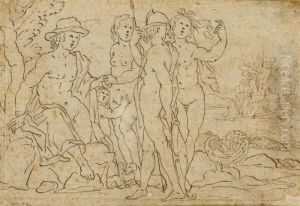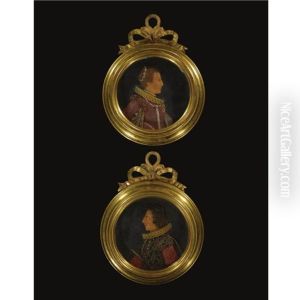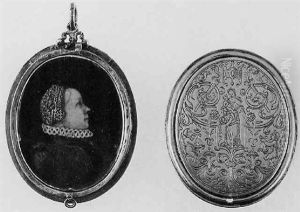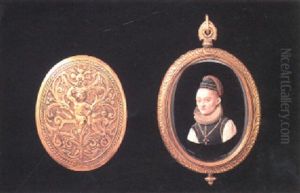Antonio Abondio Paintings
Antonio Abondio was an influential sculptor and medallist, known primarily for his work in creating portrait medals, which were a popular form of art during the Renaissance. He was born in 1538 in Riva del Garda, then part of the Republic of Venice, to a family of artists. His father, Pompeo Abondio, was also a sculptor, and Antonio likely received his initial training in the family workshop.
Abondio's work stood out for its detailed realism and the skillful way he captured his subjects' characteristics in medal form. He is often credited with being one of the pioneers in the development of the wax modeling technique for medal making, which allowed for a greater level of detail and a more lifelike representation.
In his early career, Abondio worked in various cities in Italy, including Milan and Mantua, but he spent a significant portion of his life in Austria. In 1565, he was appointed as a court sculptor to Emperor Maximilian II in Vienna. This position not only provided him with a stable income but also allowed him to work with an international clientele. He created medals of various members of the Habsburg family and other European nobility, earning widespread recognition for his craft.
Abondio's work is characterized by its meticulous detail and the use of allegorical and classical motifs, which were common in the Renaissance period. His medals were often cast in lead or struck in precious metals and served various functions, from commemorating significant events to portraying prominent figures of the time.
Antonio Abondio continued to create medals and sculptural works until his death in 1591. His legacy lived on through his sons, who also became artists, and through the many medals that still exist today, which serve as a testament to his skill and artistry. His contributions to the art of medal-making have earned him a place among the most notable artists of the Renaissance era.



